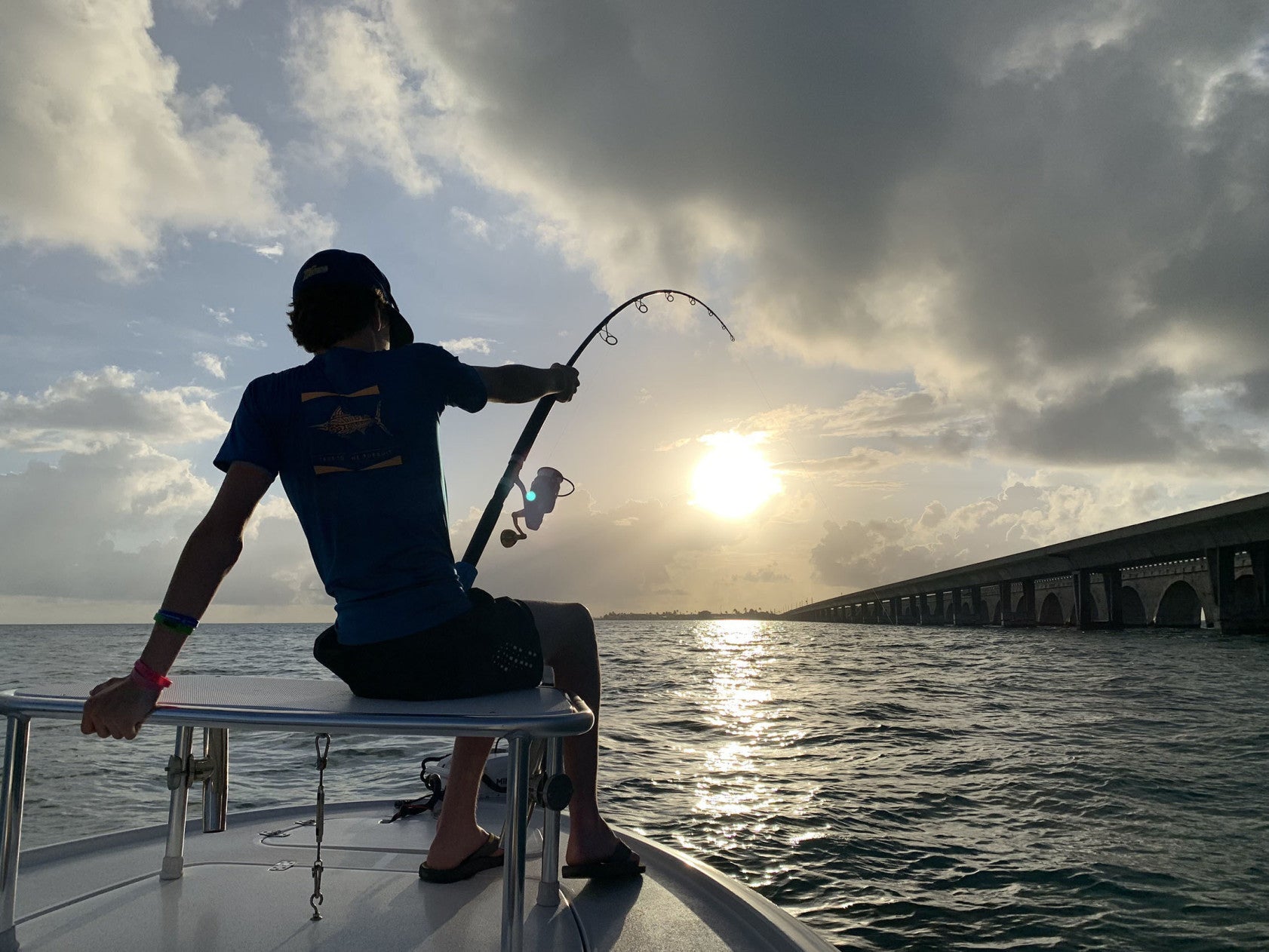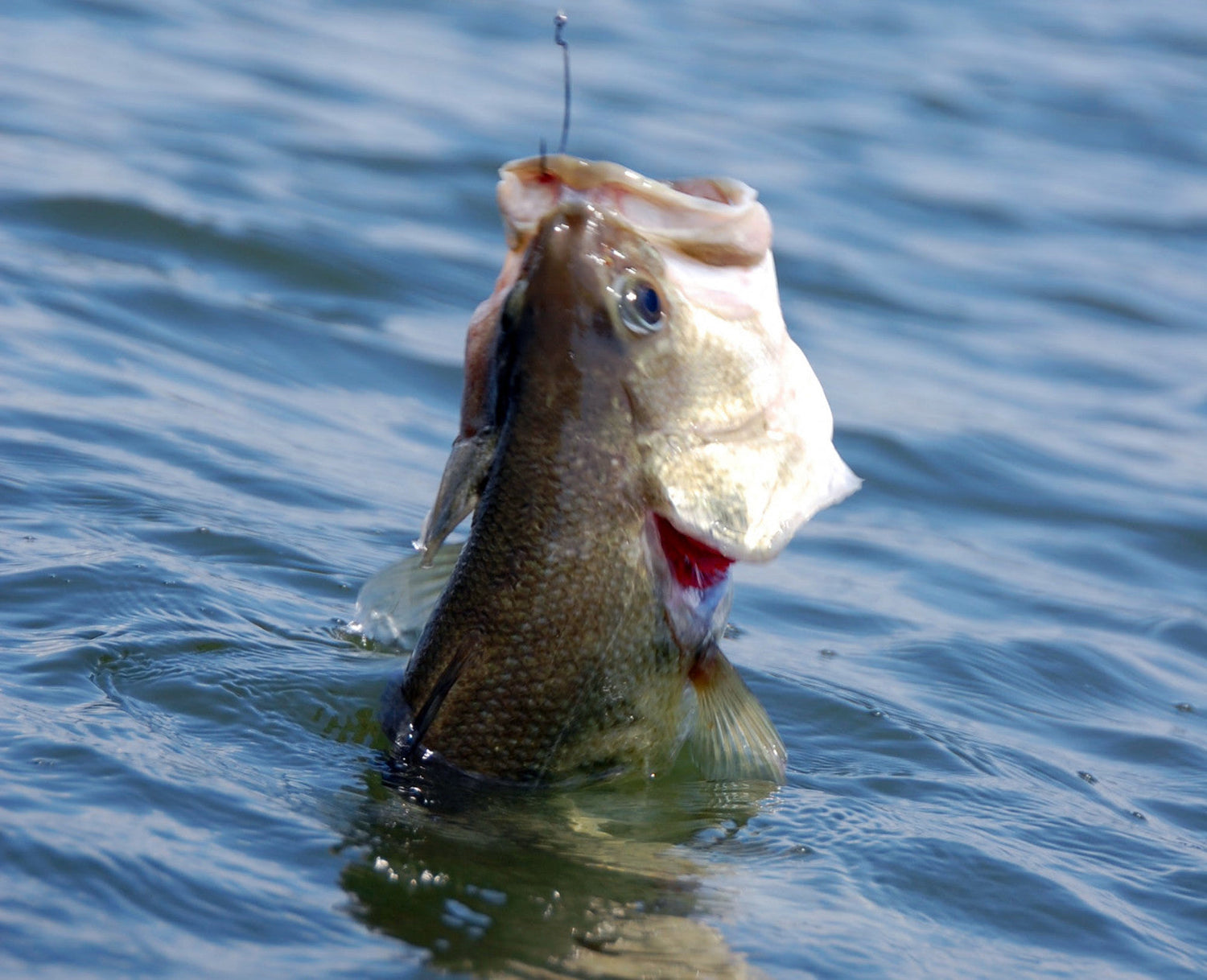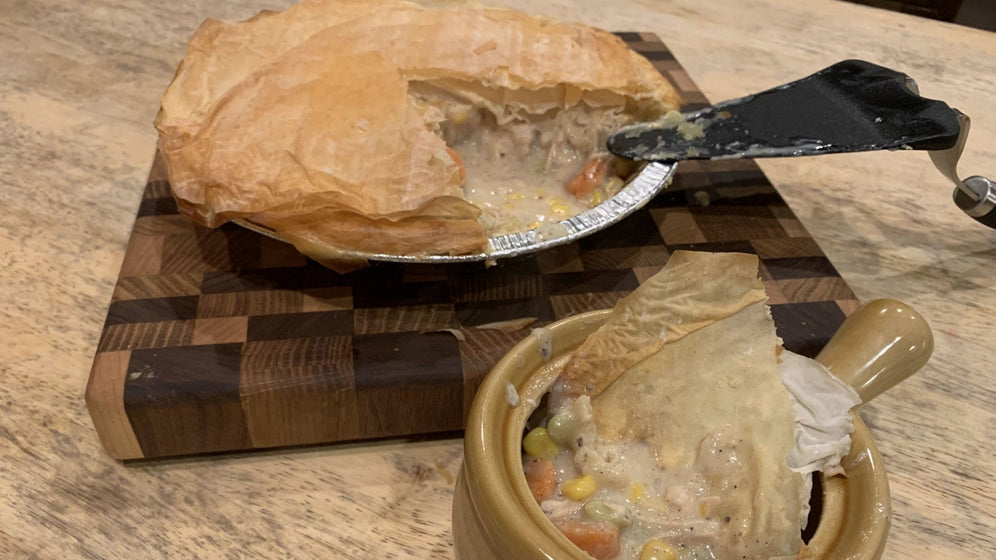Opportunities in the Pre- and Spring Spawn You May not Have Considered
Although fishing the spring spawn is a practice associated first with crappie in many minds, largemouth bass concentrate a key part of their reproductive year in that season as well. This offers anglers what is likely their best chance of the year to catch personal records by hauling in egg-laden, heavy female bass during the pre-spawn. It also creates a once-a-year opportunity to provoke strikes from territorial male bass during the spawn itself. Immediately after the spawn, when bass move off of beds and bluegill take their place, the bass spawn offers a mop-up time to fish bluegill-patterned swimbaits and other plugs just off these beds, catching big bass that have not fed regularly for many days.
Largemouth bass frequently spawn twice per year, concentrating those efforts during the spring and fall. The fall spawn is much less predictable, not universal to all populations of largemouth bass, and not nearly so well defined though so, for practical purposes, fishing the bass spawn is an event that takes place once per year, in the spring.
Bass feed heavily both before and after the spawn. During the spawn itself, they may not eat for roughly two weeks, but they can be caught during this time by provoking their defensive nature, fishing crawfish- and bluegill-patterned baits. Largemouth bass and crappie both begin spawning when water temperatures edge above 60 degrees, but bass tend to continue spawning in water somewhat warmer than crappie will willingly tolerate. When water temperatures hit 70 to 75 degrees, crappie return to deeper, cooler water, but largemouth continue spawning until water temperatures approach 80 degrees. This wide zone of temperature tolerance explains, in large part, the universal nature of the range and variety of waters in which largemouth bass thrive. When cold fronts hit, bass will pause their spawning activities until favorable temperatures return. Female bass can hold onto their eggs without difficulty for up to six weeks, waiting for warmer days to return.
As with any natural phenomenon, there are sweet spots and ideal conditions to seek, and the sweet spot for bass seems to be water temperatures between 63 and 68 degrees. In their standard practice, when water temperatures rise into this zone, male bass move into shallow coves and flats, where they sweep away debris from a circular spot, typically an area of the lake or pond with a hard bottom, often near a stump or larger rock. The zeal and vigor they display in creating these nests, and in keeping other male bass away from them, act as their courtship ritual. A zealous male bass may attract and spawn with any number of females. Male bass with bloody tail fins acquired fanning debris off of lake bottoms, are a certain sign the spawn is at hand.
Female bass move in and deposit their eggs, which they produce at a rate of 2,000 to 7,000 per pound of their body weight. These the males fertilize, then jealously guard. Fertilized eggs will hatch in two to 10 days, then the newly hatched bass, called "fry," all hang around the nest area for roughly a week to two weeks. During this time, the male bass guard both the nest and the eggs, then fry, until the latter disperse on their own. Fisheries biologists estimate an average recruitment rate for largemouth bass fry, that is to say, the percentage of bass that live at least one year after hatching, at nearly 70 percent. Successful reproduction at rates like these paints a clear picture of how quickly a pond or lake can become overcrowded, making regular harvesting of eating-sized bass a must.
Because of water depths and the amount of sun and shade different parts of any lake receive, not every bass in any given body of water enter the same phase of the spawn at once. This means, in the course of fishing any sizable lake, anglers may fish back and forth through all three phases of the spawn randomly through the course of a single day, and the strategies for each vary. Bass enter the pre-spawn phase in water that's crept above the 50-degree mark. These fish gorge themselves on a high-protein diet in preparation for the annual springtime event. These fish can be caught on lipless and finesse crankbaits, jerk baits, casting and vibrating jigs and on umbrella rigs, Alabama rigs, imitating schools of shad.
When bass are on the beds, they can be provoked into striking with flipping and bladed jigs imitating crawfish patterns, Carolina-rigged crawfish presentations, and swimbaits in bluegill patterns. After the spawn, though they're often physically depleted, bass can be particular about what gathers their remaining interest. In this phase, wacky-rigged worms and other plastics work well, as do flukes and the ever-popular Whopper Plopper by River2Sea.
Coincidentally, although bluegill gather onto their spawning beds in the two weeks surrounding every full moon, the first semi-warm water full moon of the spring is generally their biggest spawning event of the year. When you can coordinate this event with bass that are immediately post-spawn, you can tie into a feeding frenzy bonanza by fishing bluegill-pattern baits just off of bluegill beds.




Leave a comment
This site is protected by hCaptcha and the hCaptcha Privacy Policy and Terms of Service apply.